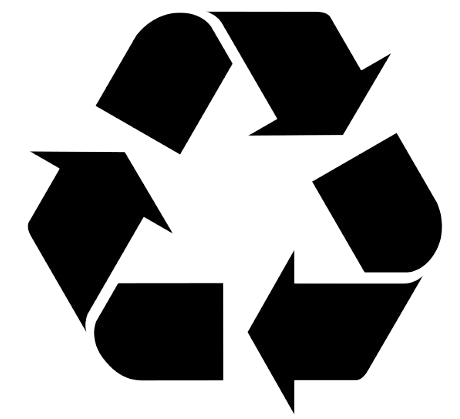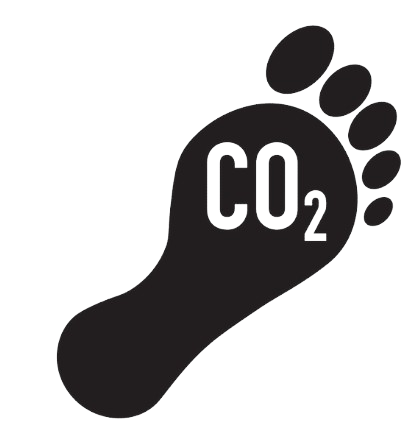What Our Beaches Will Look Like In 10 Years Time If We Don't Take Action Against Single-Use Plastic
According to research from SAS (Surfers Against Sewage), plastic waste has been forecast to grow 60% by 2030, and even treble by 2050. Sadly, this will have an extensive negative impact on our planet, including all the gorgeous beaches we love to visit around the world.
On UK beaches alone, there are currently 5000 pieces of plastic and 150 plastic bottles per mile. When thinking about Brighton Beach, which spans the length of 3.1 miles, there’s a whopping 15,000 pieces of plastic and 450 plastic bottles in total.
What our beaches look like now:

How we can expect to see them in 10 years time without significant change:

It’s not only our beaches that are affected by plastic waste, but the oceans and the sea life they play home to.
By 2050, the number of plastics in the sea will be higher than the number of fish, with 100% of baby sea turtles already having plastic in their stomachs. Plastic particles are ingested, while pieces of plastic such as ring pulls can physically injure sea life, causing potential fatality.
So, what can we do?
To put it simply, the main thing we can do to combat this problem is use less single-use plastic.
This can be done easier than you may think. For example:
- Use reusable cups, bottles and containers. This prevents plastic bottles from being discarded, as well as empty food containers and plastic coffee cups.
- Recycle! The majority of plastic can be recycled (check your council’s guidelines to find what you can and can’t recycle!), including plastic bottles, plastic food containers, yoghurt pots and black plastic.
- Opt for products made from recycled materials. To stop unnecessary waste ending up in landfill, buying and using products that are made with recycled materials means that less new plastic needs to be made. Kedel provides garden and landscaping products that are made with recycled plastic, in order to allow you to maintain a low carbon footprint.

.png)

 100% Recycled Plastic
100% Recycled Plastic Will Never Rot
Will Never Rot 25 Year Guarantee
25 Year Guarantee Low Carbon Footprint
Low Carbon Footprint